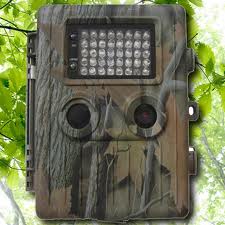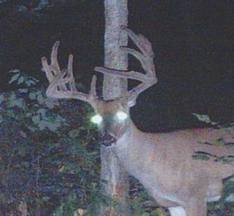First of all I’d like to mention that I think switching the focus of our blogs to major-related publications was an extremely helpful tactic. Once we understood the basics of rhetoric theory we were able to adapt this information to our field and analyze it while gaining further knowledge of ongoing research and issues. The combination made the course informative and, most importantly, relevant to our focus as students.
Discourse Community
Learning about the topics that top professionals in the field find interesting and worthwhile has given me a better understanding of my discourse community. I have read numerous textbooks and articles over the past four years so I understand who this community is in theory but most of that work is directed at teaching the basics. The Journal of Leisure Research highlights the specifics, performs case studies in every corner of the world, and adapts the theory to the people and places involved.
The recreation and leisure discourse community is very committed to the importance of public land management and social wellbeing. It values nature, fitness, diversity and community by researching nearly every combination of these values as possible. This community looks at the world through lenses of needed improvement in the social, environmental and economic worlds.
On Linton et al.
The Journal of Leisure Research follows the Conventions of Structure, Reference, and Language in a traditional manner. The flow of the argument is based on the scientific method and roughly follows every research project produced. The Intros, the Methods, the Data, the Analysis, and so on are all clearly stated. The best part about these articles is they are incredibly reader friendly and can appeal to any group of people.
In line with the traditional research methods, this journal is constantly citing previous journals and projects to the point of insanity. I have never been a fan of in text citations because it breaks up the continuous flow of the paragraph but I feel like this journal took it to a whole new level. It is important to credit existing work but I think every other line full of last names and page numbers is unnecessary.
The language used in the journal articles I have been reading is fairly direct and clearly has a product in mind. The authors explain the situations and theories, provide the data of the study, and state what it means in the context of the situation. At the end, this or that has occurred and it has certain real-life implications.
On Swale
As far as introductory structure goes, the Journal of Leisure Research establishes a territory by explaining the important ideas and theories behind the subject matter almost immediately. This could be defined as making topic generalizations or simply providing situational context and information. In addition previous research plays a prominent role by citing publications that touch on the issue and provide a greater framework to build on.
When establishing a niche, the best way to describe these articles via Swales is in the form of raising a question. These articles want to find out more about the relationships between people, communities, the environment and the economic context. By seeking out specific groups or ideas, the authors seek to find out what connections are present.
As far as occupying this niche, It is clear the introductions outline the purposes of the study (why this research is being conducted) and it indicates some structure (scientific method) but doesn’t spend much time on announcing principal findings. These findings may be touched upon in the Abstract section but the majority of the articles I have read leave the findings to the end. Whether this is intentional or not I cannot tell but it provides incentive to read on once the topics suck you in.
The process of “knowing” is the basis for every pursuit of knowledge and this scholarly journal provides a medium to the leisure and recreation field. The beliefs and values are present but the articles are played out in a strictly scientific manner that provides little room for interpretation. Experts can use this knowledge to adapt to their own research or professional work to better understand their own world.


